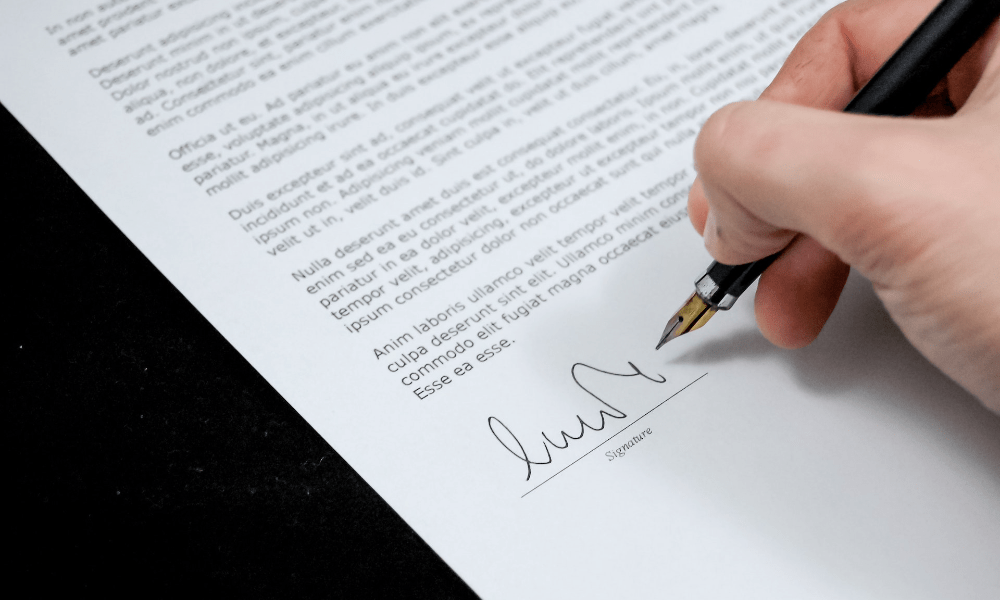A report can be defined as a sharp and concise document written down for a specific purpose and audience. Reports mainly focus on summarising facts about a certain topic, issue or event. When writing a report, you should always know how to structure it. A good report should contain a topic, an executive summary, an introduction, a body and a conclusion. The following are easy steps on how you should write a report:
Choose a topic
A report should have a topic based on what you’re writing. Sometimes, some organisations may offer you a topic they want you to write about, while at times, you need to choose your own case.
Do a Research
Again, the research may be provided by your company or you must conduct it yourself. A report may require so much digging, but the good thing is that there’re many sources to conduct research from. You’re much more likely to do your own research in learning institutions. This is where choosing a good topic comes in. If you go wrong in choosing a topic that doesn’t have enough content, you won’t go far in writing a report on your findings.
Put down a Thesis Statement
A thesis statement summarises the main points of your report, which helps you to conceptualise its main theme. When you have gathered enough research, you ought to notice that the main theme is beginning to emerge. This should help you write a quality thesis statement. The thesis statement should summarise the information you need to prove to your reader in your report. Having a thesis statement in your report’s executive summary and introduction is important.
Prepare an Outline
Reports always contain headings and subheadings. An outline ensures that you keep on course when writing your report without missing the main points. An outline is a typical numbered list written on the different sections of your information. When writing an outline, consider including all the necessary parts and eliminate those not contributing directly to the purpose of your report.
Prepare the First Draft
The first draft is not about writing a perfect report, but it helps you get the key elements from your head. You have the option of editing this first draft; therefore, your main goal is to try organising your data and analysis. The draft is likely to have incomplete information. Take note of these gaps that you’ll address during the editing process.
Revise as You Edit the Report
After completing the rough draft, now go back to start the editing process. It’s time to fix all the mistakes you ignored and the ones you might notice this time.
Proofread and Distribute
The last step is to review your report to check on minor spelling mistakes and optimise your wording. The revising and editing part is for checking on the “big picture” errors, while the proofreading part is to help you point out the slight mistakes. Once you’re done, it’s now time to distribute the report.

Conclusion
A general idea about a report is that individuals unfamiliar with a particular subject can get everything they need from a well-written piece. With the steps mentioned above, you can easily create a quality report that will greatly help your audience.



